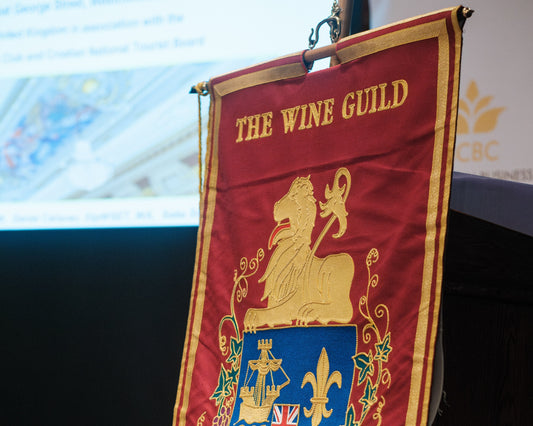|
This diversification manifests itself in many ways, from the introduction of large format bottles (such as Graham’s Tappit Hen, 210 cl) into the restaurant trade, to the development of New Markets (Asia and South America now challenge the hegemony of Europe) to the evolution of a broad panoply of still wines, some of them now highly landed in their own right, and finally to a more abstract conceptual approach, as demonstrated by the focus on sustainability of The Port Protocol. Respect for the environment has had tangible results with projects such as the 2019 Taylor/COOP reforestation project and their recent opening of insect ‘hotels’ (to match their five star ‘human’ hotel, The Yeatman, itself a good example of diversification). More fundamentally, developments in key areas such as the actual vine terracing, to avoid erosion, and projects aimed at water retention, in this most drought-prone of areas, are also worthy of note. Respect for the environment is key; and the PR machine of the major players is more than adept at letting us know about it…
In terms of product development, the Tawny sector leads the way, with the introduction of a 50-year-old age designation once again underscoring the quality initiatives in play, but also, importantly, the collegiate nature of the generic body, The Port and Douro Wines Institute (The IVDP). At the other end of the scale, we have more white port and the introduction (a heresy to some!) of pink port and port cocktails; the marketing behind launches such as Graham’s Blend No 5 or Croft’s Pink and Tonic has been intense and highly successful. A younger generation is drawn in, with more female port drinkers and less anxiety about alcohol levels which are conspicuously lower. Such innovative products, according to Anthony Symington, offer ‘a positive choice, without having to compromise on taste or quality’. Good news indeed! The spirit of dynamic optimism is exemplified by the opening, in the coastal town of Vila Nova de Gaia, of the fabulous ‘World of Wine’, an extraordinary wine-themed village comprising of 12 separate hubs, which include a museum, several restaurants and cafés, a wine school and also permanent exhibitions dedicated to chocolate and to cork. 107 million Euros well-spent, it seems… an amazing place!
Reports of the death of the rarified world of port have, therefore, been greatly exaggerated. Julian Wiseman’s eloquent tome reminds us of the unassailable quality and heritage at the top end of the category, the self-confidence at play evidenced by an almost unprecedented run of recent Vintage declarations, with the brilliant and hitherto-unheard-of back-to-backs of 2016 and 2017 at their core. On the other hand, it is the many varied developments surrounding port’s broader manifestations and their presentation to the wider world which serve, vitally, to underwrite an ongoing relevance and court a wider and more diverse audience. |




